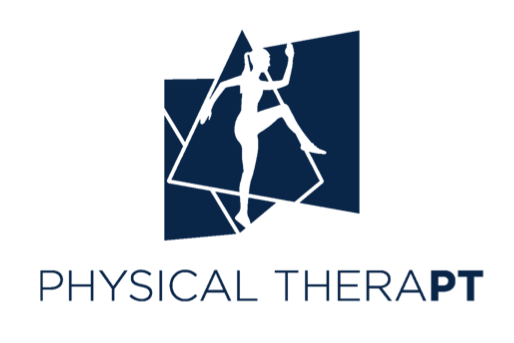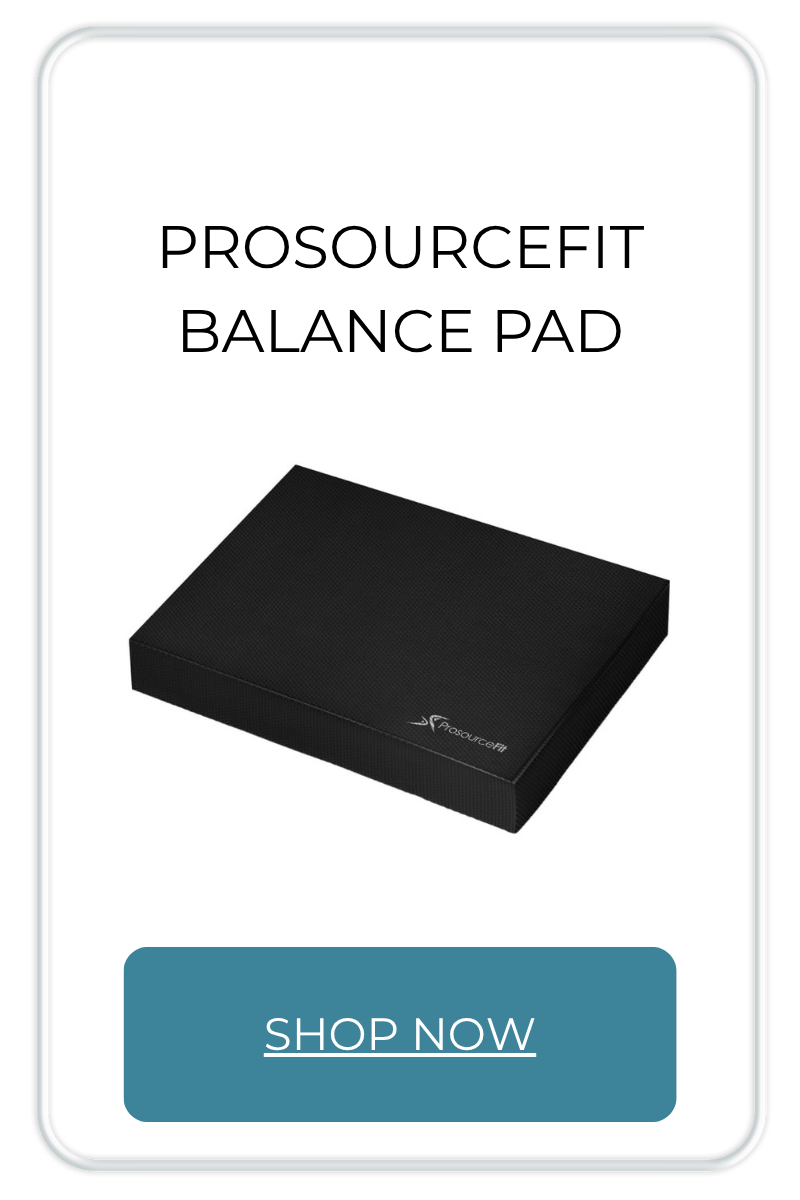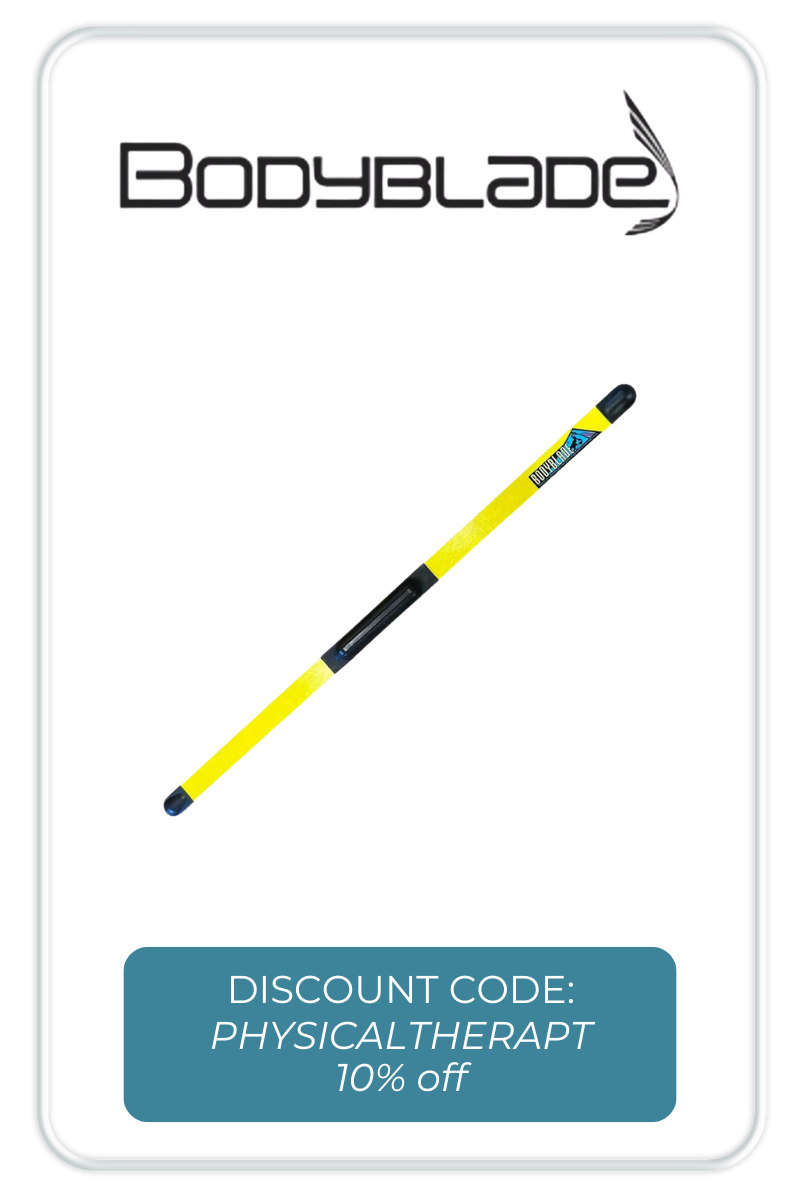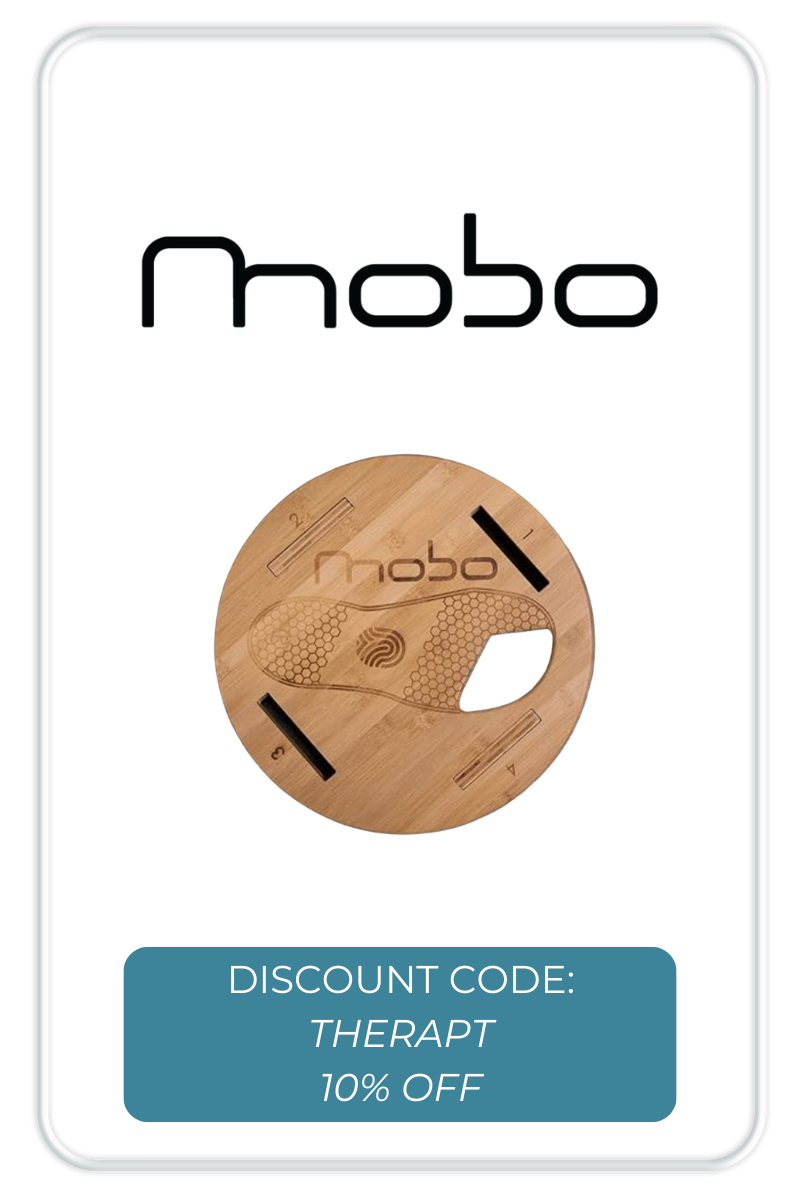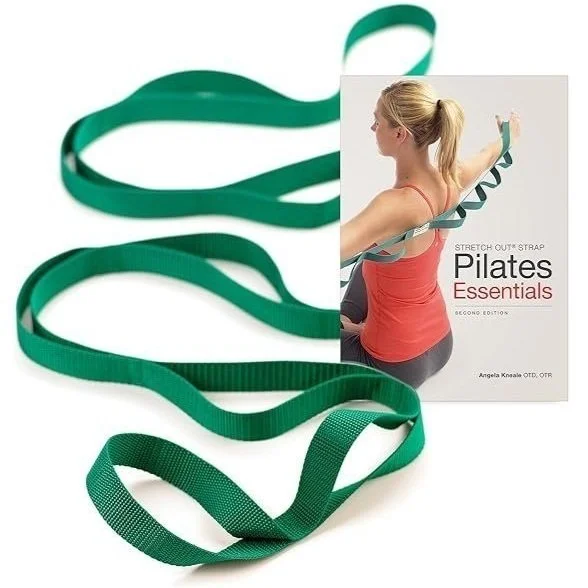You've probably heard you need to drink lots of water after a massage. But is that really necessary? Let's look at what the science actually says about hydration, massage, and athletic performance.
Why Water Matters for Athletes
Water makes up about 60% of your body weight and plays essential roles in nutrient transport, temperature regulation, and joint lubrication. For athletes and active individuals, staying hydrated is particularly important because it affects how your muscles and tissues function.[1]
When you're dehydrated, your tissues become stiffer and less flexible. Research shows that dehydration increases the force needed to compress soft tissues and reduces tissue thickness. Even mild dehydration (losing just 3% of your body weight in fluids) can decrease muscle endurance by about 8% and reduce strength by about 5%.[2][3]
Dehydration also creates extra stress on your muscles at the cellular level. Studies show that exercising while dehydrated increases oxidative stress and can impair muscle protein metabolism. Over time, severe dehydration may even slow down muscle recovery and glycogen (energy) storage after workouts.[4][5]
The Truth About Massage and "Toxins"
Here's the reality: the idea that massage releases toxins requiring extra water is a myth. There's no scientific evidence supporting this claim.[6][7][8]
Your body already has highly effective systems for removing waste products—your liver, kidneys, and lymphatic system handle this 24/7. Massage doesn't create a sudden release of toxins that needs to be flushed out with water.
What about lactic acid? This is another common misconception. Lactic acid doesn't cause muscle soreness, and it's cleared from your muscles within 30-60 minutes after exercise—long before you'd typically get a massage. Massage doesn't remove lactic acid, and you don't need extra water to flush it out.[9][10][11]
That said, massage does produce real physiological effects. Studies show it can temporarily reduce cortisol (a stress hormone), lower heart rate, and cause modest changes in inflammatory markers. But none of these effects require you to drink extra water.[12][13][14]
How Much Water Do You Actually Need?
For general health, aim for about 40-45 mL per kilogram of body weight per day from all beverages and food combined. For a 150-pound (68 kg) person, that's roughly 2.7-3 liters (90-100 ounces) total per day.[15][16]
If you're training hard or sweating heavily, you'll need more. A good rule of thumb: replace about 1.5 times the fluid you lose during exercise. For example, if you lose 1 pound during a workout, drink about 24 ounces of fluid.[17]
Simple ways to monitor your hydration:
Check your urine color—pale yellow is ideal
Pay attention to thirst during moderate activity
Weigh yourself before and after intense workouts to estimate fluid loss
Add 0.5-1 liter of water after high-sweat sessions
Important: Don't overdo it. Drinking excessive plain water during prolonged exercise can dilute your sodium levels and cause problems.
The Bottom Line
Hydration is important for athletic performance and recovery—but not because of massage. Staying well-hydrated helps maintain tissue flexibility, supports muscle function, and enables efficient recovery from training.[2][4][3]
After your next massage, feel free to drink water if you're thirsty. But don't feel pressured to chug extra water based on myths about toxins or lactic acid. Instead, focus on consistent daily hydration as part of your overall training and recovery strategy.
The real reason to stay hydrated isn't about flushing anything out—it's about keeping your body functioning at its best.
References
Water as an Essential Nutrient: The Physiological Basis of Hydration. Jéquier E, Constant F. European Journal of Clinical Nutrition. 2010;64(2):115-23. doi:10.1038/ejcn.2009.111.
Investigating the Impact of Dehydration and Hydration on in-Vivo Hip Soft Tissue Biomechanics. Khorami F, Foroutan Y, Sparrey CJ. PloS One. 2025;20(8):e0328054. doi:10.1371/journal.pone.0328054.
Effect of Hypohydration on Muscle Endurance, Strength, Anaerobic Power and Capacity and Vertical Jumping Ability: A Meta-Analysis. Savoie FA, Kenefick RW, Ely BR, Cheuvront SN, Goulet ED. Sports Medicine (Auckland, N.Z.). 2015;45(8):1207-27. doi:10.1007/s40279-015-0349-0.
Passive Dehydration Increases Oxidative Stress and mTOR Signalling Pathway Activation in Young Men Following Resistance Exercise. Luk HY, Jiwan NC, Appell CR, et al. The Journal of Physiology. 2025;603(12):3551-3570. doi:10.1113/JP288434.
Hydration, Hyperthermia, Glycogen, and Recovery: Crucial Factors in Exercise Performance-a Systematic Review and Meta-Analysis. López-Torres O, Rodríguez-Longobardo C, Escribano-Tabernero R, Fernández-Elías VE. Nutrients. 2023;15(20):4442. doi:10.3390/nu15204442.
Side-Effects of Massage Therapy: A Cross-Sectional Study of 100 Clients. Cambron JA, Dexheimer J, Coe P, Swenson R. Journal of Alternative and Complementary Medicine (New York, N.Y.). 2007;13(8):793-6. doi:10.1089/acm.2006.6401.
The Safety of Massage Therapy. Ernst E. Rheumatology (Oxford, England). 2003;42(9):1101-6. doi:10.1093/rheumatology/keg306.
The Mechanisms of Massage and Effects on Performance, Muscle Recovery and Injury Prevention. Weerapong P, Hume PA, Kolt GS. Sports Medicine (Auckland, N.Z.). 2005;35(3):235-56. doi:10.2165/00007256-200535030-00004.
Delayed Onset Muscle Soreness : Treatment Strategies and Performance Factors. Cheung K, Hume P, Maxwell L. Sports Medicine (Auckland, N.Z.). 2003;33(2):145-64. doi:10.2165/00007256-200333020-00005.
Delayed Muscle Soreness: A Review. Francis K. The Journal of Orthopaedic and Sports Physical Therapy. 1983;5(1):10-3. doi:10.2519/jospt.1983.5.1.10.
Lactate: Friend or Foe. Hall MM, Rajasekaran S, Thomsen TW, Peterson AR. PM & R : The Journal of Injury, Function, and Rehabilitation. 2016;8(3 Suppl):S8-S15. doi:10.1016/j.pmrj.2015.10.018.
Physiological Adjustments to Stress Measures Following Massage Therapy: A Review of the Literature. Moraska A, Pollini RA, Boulanger K, Brooks MZ, Teitlebaum L. Evidence-Based Complementary and Alternative Medicine : eCAM. 2010;7(4):409-18. doi:10.1093/ecam/nen029.
Influence of Classical Massage on Biochemical Markers of Oxidative Stress in Humans: Pilot Study. Skubisz Z, Kupczyk D, Goch A, et al. BioMed Research International. 2021;2021:6647250. doi:10.1155/2021/6647250.
Effect of Single Session of Swedish Massage on Circulating Levels of Interleukin-6 and Insulin-Like Growth Factor 1. Stenbäck V, Lehtonen I, Mäkelä KA, et al. International Journal of Molecular Sciences. 2024;25(17):9135. doi:10.3390/ijms25179135.
Hydration for Health Hypothesis: A Narrative Review of Supporting Evidence. Perrier ET, Armstrong LE, Bottin JH, et al. European Journal of Nutrition. 2021;60(3):1167-1180. doi:10.1007/s00394-020-02296-z.
Hydration and Health at Ages 40-70 Years in Salzburg Austria Is Associated With a Median Total Water Intake Over 40 mL/kg Including at Least 1 L/D Plain Drinking Water. Stookey JD, Langthaler PB, Felder TK, et al. Frontiers in Public Health. 2025;13:1668981. doi:10.3389/fpubh.2025.1668981.
Selected Issues for Nutrition and the Athlete: A Team Physician Consensus Statement. Medicine and Science in Sports and Exercise. 2013;45(12):2378-86. doi:10.1249/MSS.0000000000000174.

